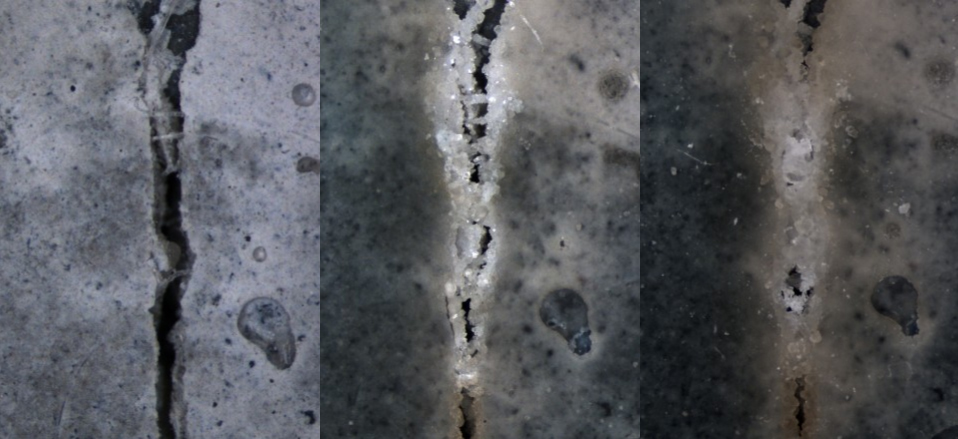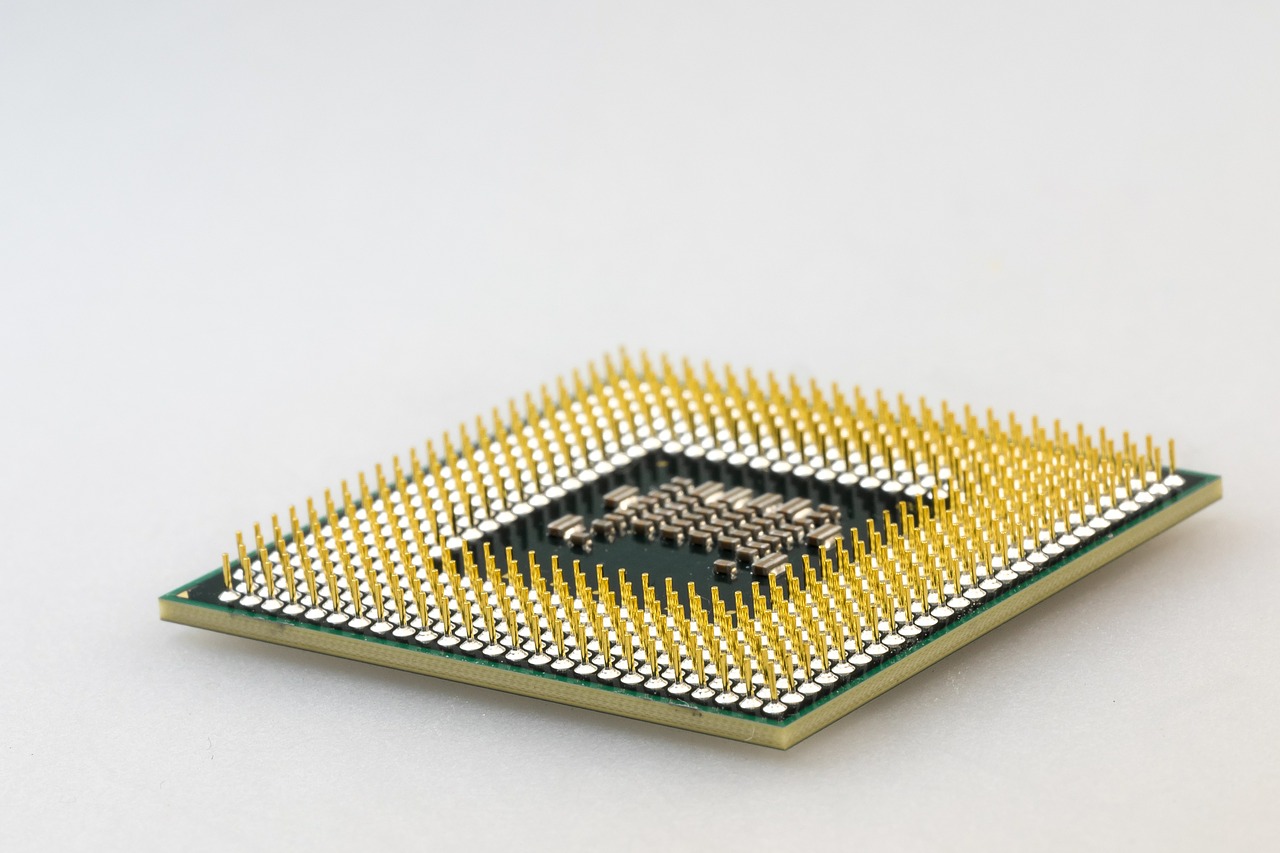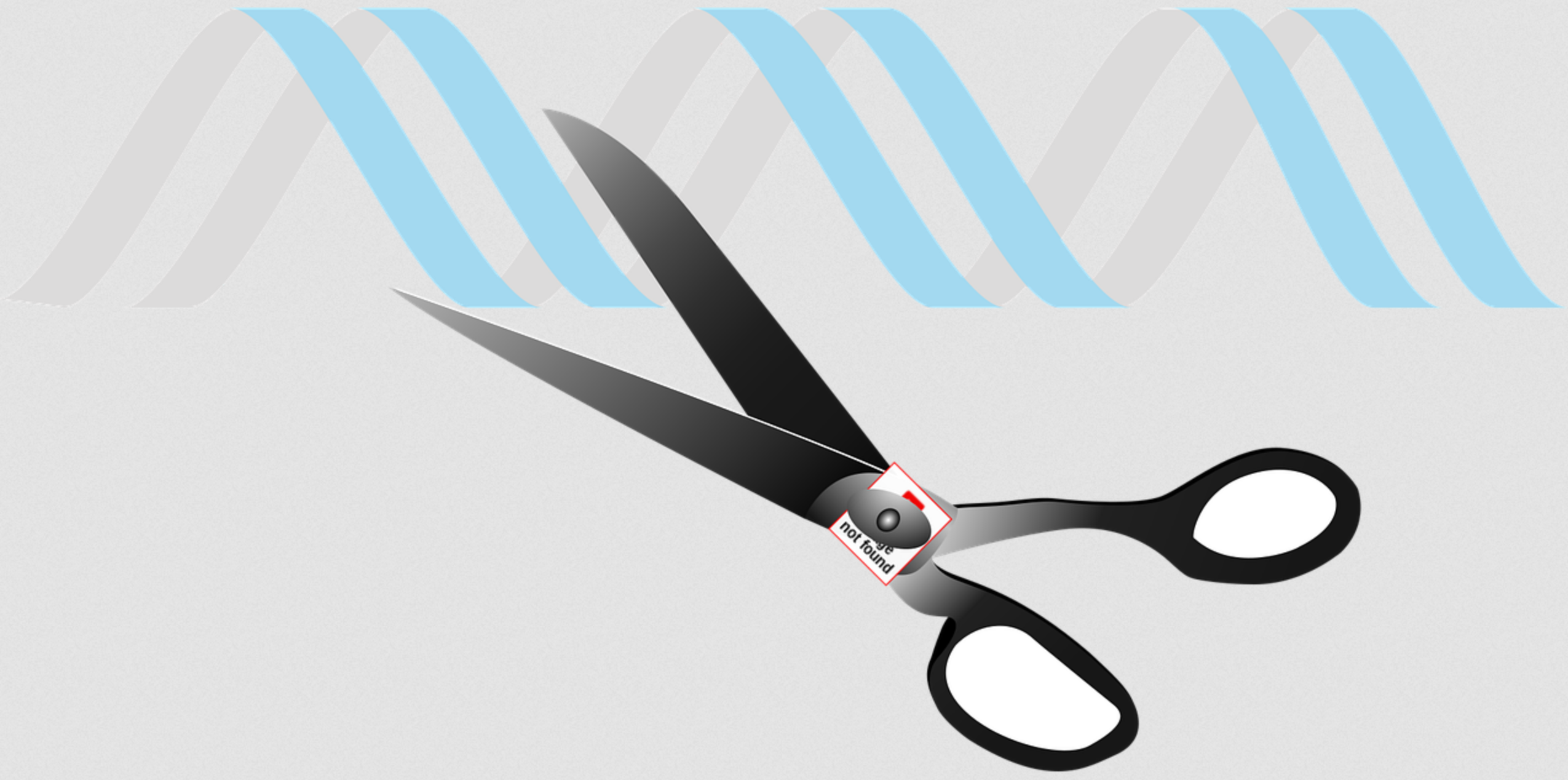Concrete is one of the most durable building materials and was used by the Roman Empire to construct their enduring architectural wonders.
However, cracks can develop in the concrete over a period of time due to drying shrinkage, thermal movement or other causes that may lead to a variety of problems.
A Dutch research team led by scientists Henk Jonkers and Eric Schlangen have come up with an innovative solution to this problem.
Scientists made use of a type of bacteria which is typically found near active volcanoes. They have invented bioconcrete that heals itself using this bacteria, just like the way our body heals bone through mineralization.
For this innovative invention, the team is now a finalist for the European Inventor Award.
Find Out How the Concrete Heals Itself:
The bacteria and calcium lactate is mixed with water and concrete, just like regular concrete. It remains intact during mixing, and it comes into action only if the concrete cracks and water gets in. The bacteria eat the calcium lactate and produce limestone that patches the cracks. It takes about three weeks for the bacteria to heal the cracks; however, this process works more effectively for cracks with the width 0.8mm or thinner.
The best part is, this process can also work on existing buildings and roads by spraying the special liquid containing the bacteria onto cracks.







